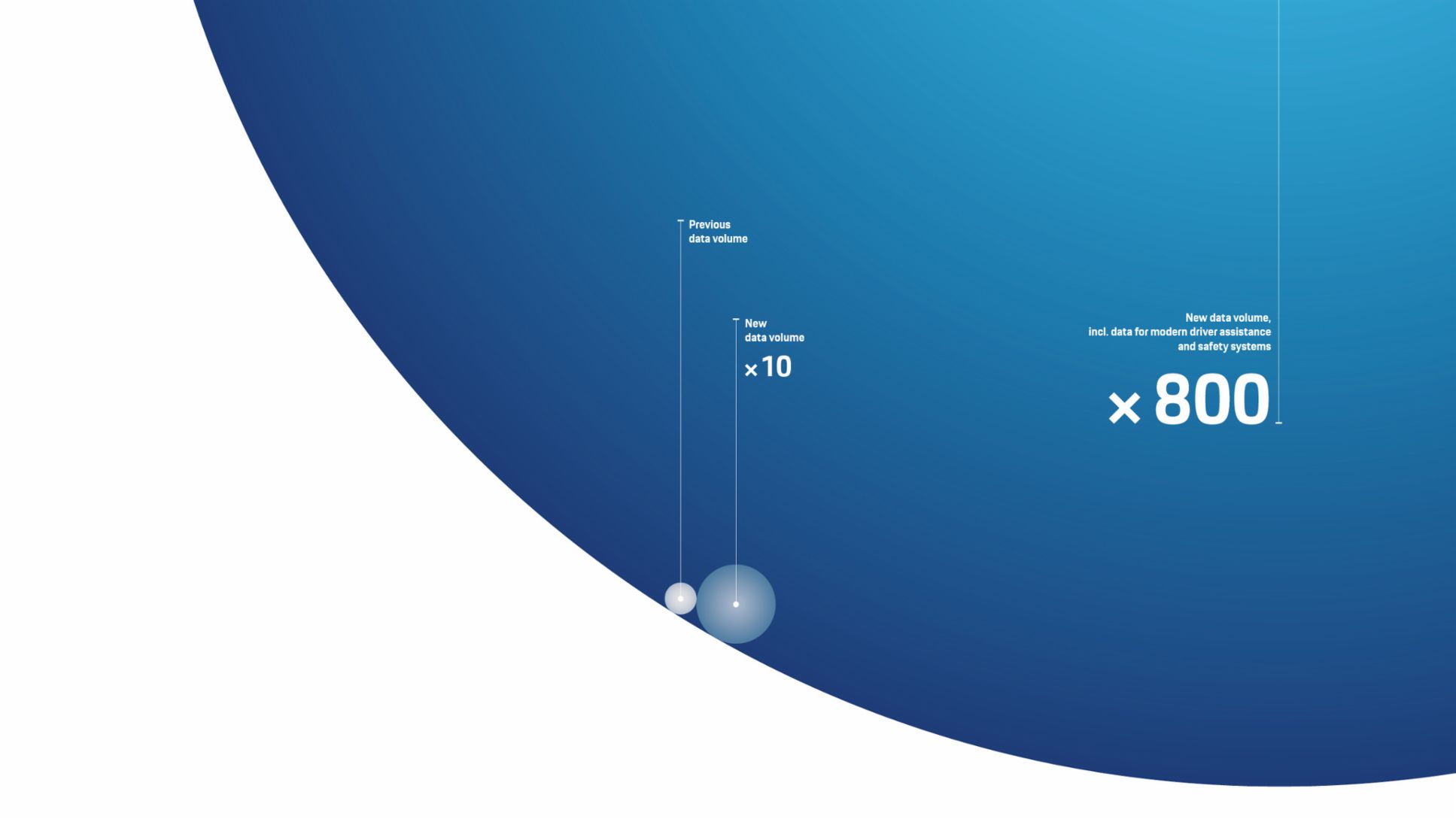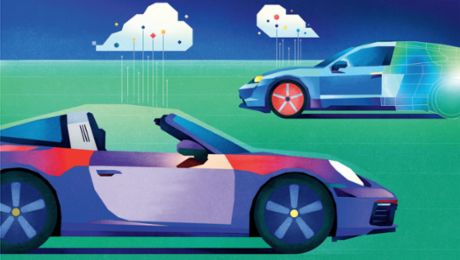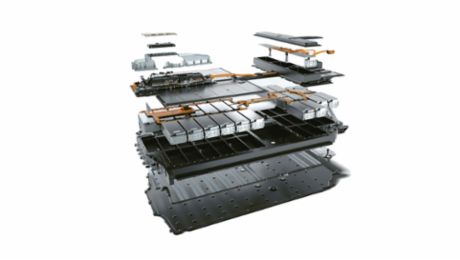Vehicles have long since become powerful computers on wheels, as more and more control units enable more and more functions. This is also evident in the volumes of data being processed in modern vehicles. The standard CAN bus used in vehicles, with its maximum data rate of one megabit per second (Mbps), has long become insufficient. But even Flexray, at ten Mbps, is reaching its limits. That’s why automotive ethernet is now finding its way into vehicles, providing 100 or 1,000 Mbps depending on the variant. There is a flurry of activity on the various bus systems: “It’s safe to assume that a fully equipped vehicle sends around 20 Gbit of data internally every second,” reports Dietmar Luz, Senior Expert Electrics/Electronics at Porsche Engineering.
“It is processed in dozens of control units. By comparison: The first vehicles with intelligence on board had exactly two control units—the engine and brake control units—networked via CAN bus." In the future, highly automated driving functions in particular will result in ballooning data rates thanks to numerous cameras, radars and lidar sensors. This is already having an impact in engineering: “A test vehicle generates up to 44 terabytes of data per day during highly automated driving,” says Dr. Joachim Schaper, Head of AI and Big Data at Porsche Engineering. “The data is saved to fast hard drives in the luggage compartments of the cars.” From there, it is sent to the cloud, where data from test drives and simulations accumulates during vehicle development.
New possibilities - new driving experiences
“Today, we are already in the petabyte range, with one petabyte corresponding to about 1,000 hard drives in modern computers,” calculates Daniel Schumacher, who works as a cloud architecture specialist at Porsche Engineering. “Soon we will reach the exabyte range.” Fortunately, hard drive manufacturers are still managing to set new storage records on a regular basis—so they are unlikely to be overtaken by vehicle developers in the foreseeable future. Upon arrival in the cloud, the data is available to developers at all locations and can be analyzed—in some cases in real time. It can be used, for example, to train neural networks for highly automated driving functions, as well as to automatically analyze error messages from the control units.
Increasingly, the algorithms also support the application engineers, who can find better solutions more quickly through data-driven development. The use of data in development is likely to continue to accelerate in the future, as growing volumes of data and new technologies such as quantum computers will open up new possibilities for engineers—and with them new driving experiences that are scarcely imaginable for customers today.
Info
Text first published in the Porsche Engineering Magazine, issue 2/2023
Text: Christian Buck
Copyright: All images, videos and audio files published in this article are subject to copyright. Reproduction in whole or in part is not permitted without the written consent of Dr. Ing. h.c. F. Porsche AG. Please contact newsroom@porsche.com for further information.




.png/jcr:content/MicrosoftTeams-image%20(2).png)
